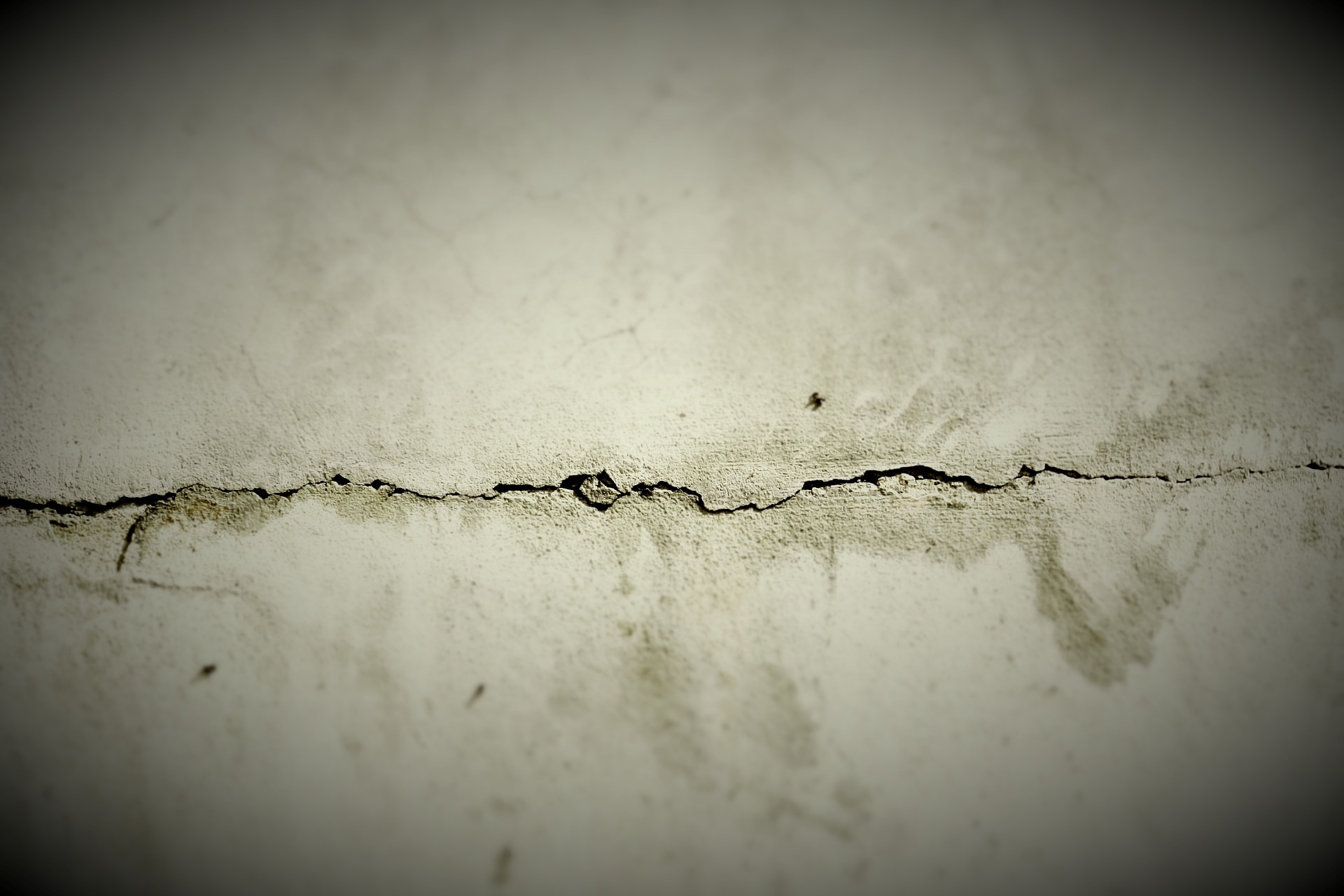Early Indicators of Basement and Concrete Wear
Many homes show small cracks near basement walls or windows. These might look minor, but they could mean deeper foundation problems. Over time, small cracks can grow and cause serious damage to your home. Simple repairs with concrete crack filler or professional checks can help prevent more expensive issues later. Learn what to watch for and how to stay safe.

What are the most common signs of basement wall cracks?
Concrete cracks in basement walls are one of the most prevalent indicators of foundation issues. These cracks can appear in various patterns and sizes, each potentially signifying different problems. Vertical cracks are often the least concerning and may result from the natural settling of your home. However, horizontal or diagonal cracks can be more serious, potentially indicating soil pressure or water damage.
It’s important to note that not all cracks are immediately cause for alarm. Hairline cracks (less than 1/16 inch wide) are typically not structural concerns but should be monitored for any changes. Wider cracks, especially those exceeding 1/4 inch, warrant professional inspection as they may suggest more significant foundation problems.
How can small wall damage near windows indicate foundation issues?
Small wall damage near windows is another early warning sign of potential foundation problems. This damage often manifests as cracks radiating from the corners of windows or doors. These cracks occur because windows and doors are typically weaker points in your home’s structure, making them more susceptible to stress caused by foundation movement.
If you notice that your windows or doors are becoming difficult to open or close, this could also be a sign of foundation issues. As the foundation shifts, it can cause frames to warp, leading to operational problems. Keep an eye out for gaps forming between windows or door frames and the surrounding walls, as these can also indicate foundation movement.
Why should homeowners be concerned about cracks forming around home edges?
Cracks forming around home edges, particularly where the foundation meets the ground, are significant indicators of potential foundation issues. These cracks, often referred to as “step cracks,” can appear in a stair-step pattern along mortar joints in brick or block foundations. They typically indicate that one part of the foundation is settling at a different rate than another, causing stress on the structure.
Exterior cracks are especially concerning because they can allow water to penetrate the foundation, leading to further damage over time. Water infiltration can cause erosion, promote mold growth, and in colder climates, lead to freeze-thaw cycles that exacerbate existing cracks.
What other signs should homeowners look for in their basements?
Beyond visible cracks, there are several other indicators of potential foundation issues that homeowners should be aware of in their basements:
-
Musty odors or visible mold growth, which can indicate moisture problems
-
Bowing or bulging walls, suggesting soil pressure from outside
-
Uneven or sloping floors, which may point to foundation settling
-
Water stains or efflorescence (white, powdery deposits) on walls or floors
-
Gaps between walls and ceilings or floors
These signs, especially when occurring in combination, warrant a closer inspection of your foundation’s integrity.
How can homeowners differentiate between normal settling and serious foundation problems?
Distinguishing between normal settling and serious foundation problems can be challenging for the average homeowner. However, there are some general guidelines to keep in mind:
-
Age of the home: Newer homes may experience some settling in the first few years, which is often normal.
-
Consistency of cracks: If cracks appear suddenly or grow rapidly, it’s more likely to be a serious issue.
-
Size and pattern of cracks: As mentioned earlier, larger cracks or those in specific patterns (horizontal or stair-step) are more concerning.
-
Multiple symptoms: If you’re noticing several signs of foundation issues simultaneously, it’s more likely to be a serious problem.
-
Changes over time: Monitoring and documenting changes can help determine if the issue is progressive.
When in doubt, it’s always best to consult with a professional foundation repair specialist for an accurate assessment.
What steps should homeowners take if they suspect foundation issues?
If you suspect foundation issues based on the signs discussed, it’s crucial to take prompt action:
-
Document the damage: Take photos and measure cracks to track any changes over time.
-
Control moisture: Ensure proper drainage around your home’s exterior to prevent water accumulation near the foundation.
-
Monitor the situation: Keep a close eye on existing cracks or other signs for any changes.
-
Consult professionals: Reach out to reputable foundation repair companies for inspections and assessments.
-
Get multiple opinions: It’s wise to get at least three professional opinions before proceeding with any major repairs.
-
Address issues promptly: Delaying necessary repairs can lead to more extensive and costly damage in the future.
Remember, while some minor issues can be addressed with DIY methods, significant foundation problems require professional intervention to ensure the long-term stability and safety of your home.
| Service | Provider | Cost Estimation |
|---|---|---|
| Foundation Inspection | Local Engineering Firms | $300 - $800 |
| Crack Repair (Minor) | Waterproofing Companies | $500 - $1,500 |
| Full Foundation Repair | Specialized Foundation Contractors | $5,000 - $35,000+ |
| Basement Waterproofing | Waterproofing Specialists | $3,000 - $12,000 |
Prices, rates, or cost estimates mentioned in this article are based on the latest available information but may change over time. Independent research is advised before making financial decisions.
Early detection and prompt action are key to managing foundation issues effectively. By familiarizing yourself with the early indicators of basement and concrete wear, you can protect your home from severe structural damage and maintain its value. Regular inspections and maintenance can go a long way in preserving the integrity of your foundation and ensuring the longevity of your home.






